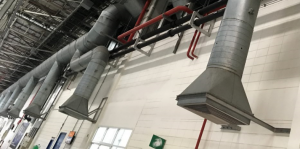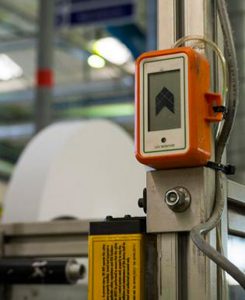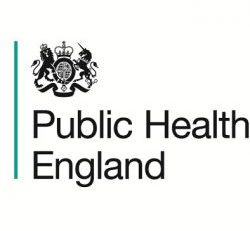Local Exhaust Ventilation (LEV) Testing
What is Local Exhaust Ventilation (LEV)?
Local Exhaust Ventilation (LEV) systems are designed and 
There are local exhaust ventilation regulations, which employers have to follow in order to be compliant with health and safety law. Furthermore, each system must undergo adequate and sufficiently frequent LEV testing to ensure correct working.
Every year hundreds and thousands of people are injured in the workplace. An unfortunately significant percentage of those are as a result of breathing contaminated air from factory process, production or other hazardous chemicals. This highlights the importance of local exhaust ventilation regulations.
Local Exhaust Ventilation Regulations
COSHH Regulation 9

Employers have to put these in place to ensure adequate, regular examination and testing is carried out. Additionally, The Local Exhaust Ventilation Regulations further state that LEV systems must be assessed and tested at least once every 14 months. Furthermore, testing and maintenance records should be kept for a minimum of 5 years.
HSG258 Guidelines for Local Exhaust Ventilation

HSG258 also state that LEV Airflow Indicators are an effective and efficient way of confirming when a local exhaust ventilation system is working correctly. As a result, it is safe to use.
Local Exhaust Ventilation (LEV) Testing
As stated in the COSHH Regulation 9 and HSG258, a regular maintenance plan and control measures must be in place.
What Is LEV Testing?
The main function of LEV systems, in any property or building, is to protect workers from exposure of airborne contaminants or contaminated air. This can include dust, fumes and other hazardous substances.
It is vitally important to ensure that those systems operate correctly. In addition to regular testing, service and maintenance must be conducted and documented. This is to ensure compliance with health and safety regulations and, more importantly, to protect staff.
What Is An LEV System’s Best Control Measure?
The HSE (Health and Safety Executive) recommends in HSG258 that LEV Airflow Indicators should be fitted to all LEVs.
Though there are other ways of manually assessing correct air flow. This included the costs, records required, and sheer man-power. This is often prohibitive if you have more than one or two systems.
Benefits of our Local Exhaust Ventilation (LEV) Testing
HSG258 Compliant
Easy To Install
Effortless Calibration
Tried and tested to be simple to use
Cost-Effective
Manufactured In The UK


